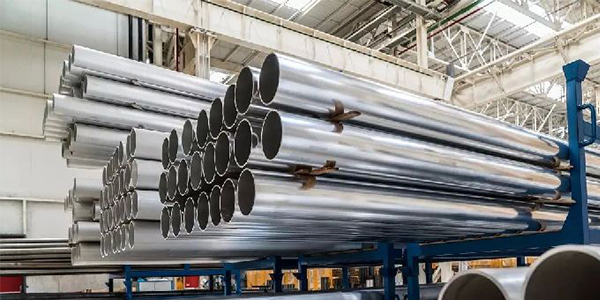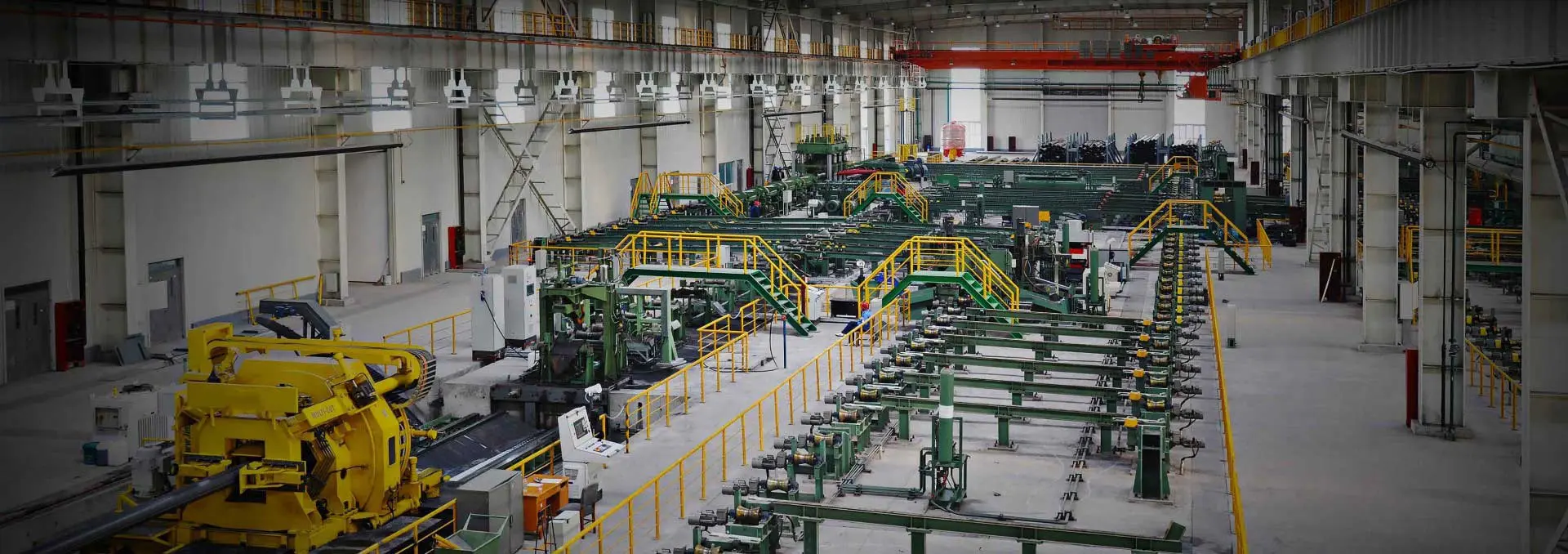Under normal circumstances, stainless steel needs to be solution treated after processing to restore its performance and structure.

1. What is solid solution treatment?
Solution treatment is a heat treatment process mainly used to improve the properties and structure of metal materials. The purpose of solid solution treatment is to increase the temperature of the material so that the alloy elements inside it are dissolved in the matrix, thereby forming a more uniform grain structure. For stainless steel, solution treatment can remove the solid solution grains inside it, restore it to its original organizational state, and at the same time improve its corrosion resistance and tensile strength.
2. Why does stainless steel need solution treatment after processing?
Stainless steel usually adopts cold drawing, cold rolling, stretching and other processing techniques. During the processing process, its performance and organizational structure will be affected to a certain extent. For example, tensile stress will be generated during processing, resulting in an increase in cold working hardness per unit area of stainless steel. This increase in hardness will cause the plasticity and toughness of stainless steel to decrease, and at the same time, small grain boundaries will appear within it, weakening its corrosion resistance. Therefore, in order to ensure the performance and organizational structure of stainless steel, solution treatment is generally required after processing.
3. How to perform solution treatment of stainless steel?
Solution treatment of stainless steel usually requires heat treatment. The specific heating temperature and time are determined by factors such as the material, thickness and processing method of stainless steel. During the heating process, the heating rate, heating temperature and holding time need to be controlled to ensure that the alloy elements inside the stainless steel can be fully dissolved in the matrix. Normally, the heating temperature is generally between 950℃~1050℃, and the holding time also needs to be determined according to the material.
4. Issues that need attention
During the processing and solution treatment of stainless steel, you need to pay attention to the following points:
1. The stress generated during the processing needs to be controlled to avoid damage to the internal structure of stainless steel.
2. During the solution treatment process, the heating temperature, heating time and cooling rate need to be strictly controlled to ensure that the stainless steel can return to its original organizational state.
3. The process parameters for solid solution treatment of stainless steel need to be determined according to the specific situation, so it is recommended to seek consultation and guidance from professionals.
【in conclusion】
To sum up, stainless steel generally needs to be solution treated after processing to restore its properties and structure. Solid solution treatment is a heat treatment process that improves material properties and structure by dissolving alloy elements at elevated temperatures. During processing and solution treatment, attention needs to be paid to the control of various parameters to ensure that stainless steel can achieve the best performance and organizational effects.

 English
English Español
Español




 Tel : +86-18565811709
Tel : +86-18565811709 Email :
Email : 

 News
News




